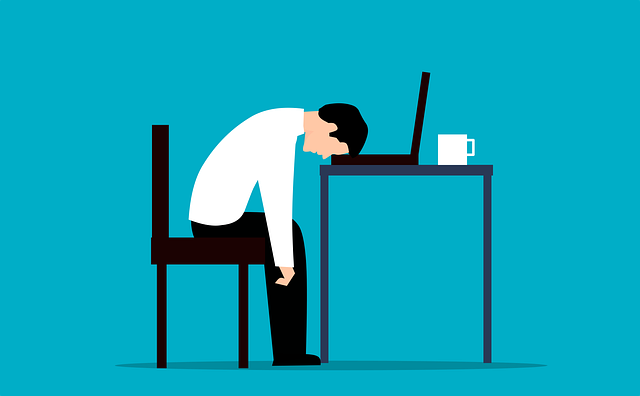How to Identify Workplace Hazards and Perform a Risk Assessment
A workplace Identify Workplace Hazards can manifest themselves absolutely anywhere. Some places are more prone to hazards than others, and they might differ in scales, but this does not mean that they should be treated lightly, or even worse, tossed away as irrelevant. This is why we have made a handy guide to identifying workplace hazards and making a risk assessment in the workplace. So, let’s get into it.
1. Collect all the Information You Can Get
What often gets overlooked is the amount of information already available to you pre-inspection. Consult with the managers and employees about the information about the Identify Workplace Hazards available to you at this very moment, as well as the locations that are, or might be exposed to them. This is why you need to collect and review the information at your disposal. You can get information via the equipment and machinery manuals, the safety data sheets by the chemical manufacturers, previous inspection reports and records, any data on previous injuries or ailments from the employees, and results of hazard analyses. Later, you can take a look over the existing safety and health program and see where it falls short.
The good thing is that if you aren’t sure about some information about hazards, you can inform yourself on external sources. Most notably your local union or go to the Occupational Safety and Health Administration (OSHA) directly.
Read Also – Best Nike bags you can buy.
2. Workplace Inspection
Once you have gathered the information already at your disposal, it is time to do a full-fledged inspection of the workplace. No accurate analysis can be made without proper assessment in the present. The previous Identify Workplace Hazards report might have said that everything is up to standards, but this does not last forever. It happens often that machines break down, equipment gets worn and torn, and maintenance becomes neglected. When you conduct a fresh inspection, it is vital to keep the rhythm going. You need to start inspecting the workplace regularly to always keep the place under regulations and to make sure that no disaster hits. Experts have estimated that you should perform a risk assessment at least once a year, and every time you introduce new machinery and equipment into the workplace.
Make sure that all of the equipment, machines, facilities, and work areas have been thoroughly analyzed and are up to date on regulations. It is vital for workers to also participate in these risk assessments. It might be difficult for some who don’t have any clue about what they are supposed to look out for. This is why you want to have your employees undergo training that will help them be more responsible and effective employees in this matter. Thankfully, renowned Zokal Safety Australia offers state-of-the-art training precisely for this reason.
3. The Types of Hazards
There are multiple types of hazards that you can find in a place. This list will help you utilize the information you have gathered thus far and identify the hazards in question so you know what you are dealing with. They include:
• Physical Hazards
If the environment is prone to extreme temperatures, magnetic fields, high pressure, or radiation, it is considered a physical hazard zone.
• Biological Hazards
The area is prone to biological hazards if it has exposure to bacteria, viruses, insects, animals, and humans.
• Chemical Hazards
The area can be potentially hazardous if it’s exposed to dangerous physical, chemical, and toxic properties from chemicals.
• Safety Hazards
If the place does not have adequate equipment for its workers, has active slipping hazards, building structure, and the potential of machine malfunctioning and badly guarded machines, the area in question becomes a safety hazard.
4. Conduct an Incident Investigation
Lastly, the best way of narrowing down where the largest threats are located is via incident reports. This can involve anything from an actual injury to close calls. By analyzing these reports you can get a good feeling for where future hazards or accidents could possibly occur. This can be done by setting in place a clear plan and risk assessment strategy. Make sure clear lines of communication are maintained every time an incident happens, train employees to react to these situations, identify the reason for the incident happening in the first place, and finally, relay the results of the investigation to the higher-ups.
Risk assessments can mean a lot of work for the involved parties. But if it results in even one person avoiding an injury, God forbid fatally, it was all worth it.


